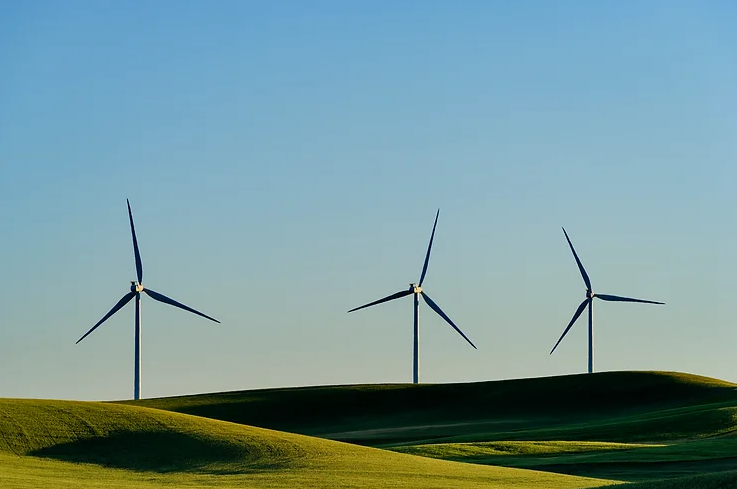
How much do you really know about Net Zero?
The Government have pledged to “level up the country, ending our domestic contribution to climate change, and leading the world to a greener, more sustainable future”
What is the UK’s Net Zero target?
The UK has been one of the first economies to put in place a legally binding target to reduce greenhouse gas emissions to net zero by 2050. This was put forward by the Climate Change Committee (CCC), with all the latest scientific evidence on what action is required.
The Government have set 2050 as the goal in regards to decarbonisation measures. However, this does not mean that emissions will drop to absolute zero by the set goal. Many varying factors are to play, the likes of those being that agriculture, industry and aviation are difficult to decarbonise completely. Although, having a focus on the Greenhouse gas removals (GGR), such as tress and carbon capture technology is there to compensate for those sectors. Therefore, reaching net zero by 2050.
What are the policies and proposals for heat and buildings in the Net Zero Strategy?
In order to reach net zero, we need to tackle all sources of emissions. The heating of homes and workspaces makes up almost a third of all carbon emissions in the UK. Improving the energy efficiency of housing and non-domestic properties across the UK, in turn, will require less energy to hear, resulting in them being cheaper to run and more comfortable to live/work in.
With the ambition of 2035 in mind for these goals, once the costs come down, all new heating appliances installed will be low-carbon technologies, like electric heat pumps or hydrogen boilers.
Key Policies
- Proposed that by 2035, no new gas boilers will be sold.
- £450 million three-year boiler upgrade scheme will see households offered grants of up to £5,000 for low-carbon heating systems.
- £60 million Heat Pump Ready programme that will provide funding for pioneering heat pump technologies. As well as supporting the Government’s target of 600,000 installations a year by 2028.
- Delivering cheaper electricity by rebalancing costs from gas and electric bills this decade.
- Further funding for the Social Housing Decarbonisation Scheme and Home Upgrade Grants, investing £1.75 billion. £1.425 billion of additional funding for Public Sector Decarbonisation. All with the aim of reducing emissions from public sector buildings by 75% by 2037.
- The launch of a Hydrogen Village trial to inform a decision on the role of hydrogen in the heating system by 2026.
The UK’s Net Zero Future
- Industrial heartlands are reinvigorated, with innovation and private investment in clean technologies
- Green Economy and supply chains provide sustainable jobs for highly skilled workers
- Businesses delivering the latest low carbon technologies, services and innovations for the UK and export markets
- Homes are warm, comfortable, powered and heated by clean, affordable energy
- Journeys are made in zero-emission vehicles, with trains, ships and plans running on low carbon energy sources
- Towns and cities have cleaner air for everyone, with walking and cycling benefits
- Goods are designed to last longer and repaired within a circular economy
- Natural environments are protected, enhanced and more diverse, with healthy ecosystems and increased biodiversity
What are the roles of each sector in the future net zero system?
Natural Resources and Waste: Role – Land provides both energy sources and natural carbon sinks while polluting areas must decarbonise.
Power: Role – Generating electricity to meet low carbon energy demand across all sectors.
Greenhouse Gas Removal: Role – alongside natural carbon sinks, engineered removals deliver negative emissions.
Industry: Role – Developing cleaner ways to produce the wide range of products we all rely on.
Heat & Buildings: Role – Public, business, industrial and residential buildings, as well as products we use for everyday life, will all move to green forms of energy.
Transport: Role – Modern day forms of travel that keep society moving will run on green forms of energy.
Fuel Supply & Hydrogen: Role – supporting energy supply to areas that are more challenging to electrify, such as heavier transport.
Do you want to find out more about Net Zero?
With net zero being such a hot topic now, it’s sometimes hard to know where to look for resources and information. At LivGreen, we are here to help advise you on what you need to do in order to reach the net zero goals by 2030 and 2050.
Get in touch with us today to find out how we can help you reach your goals, in turn reaching the Government’s goals.



.png)
Leave Your Comment Here